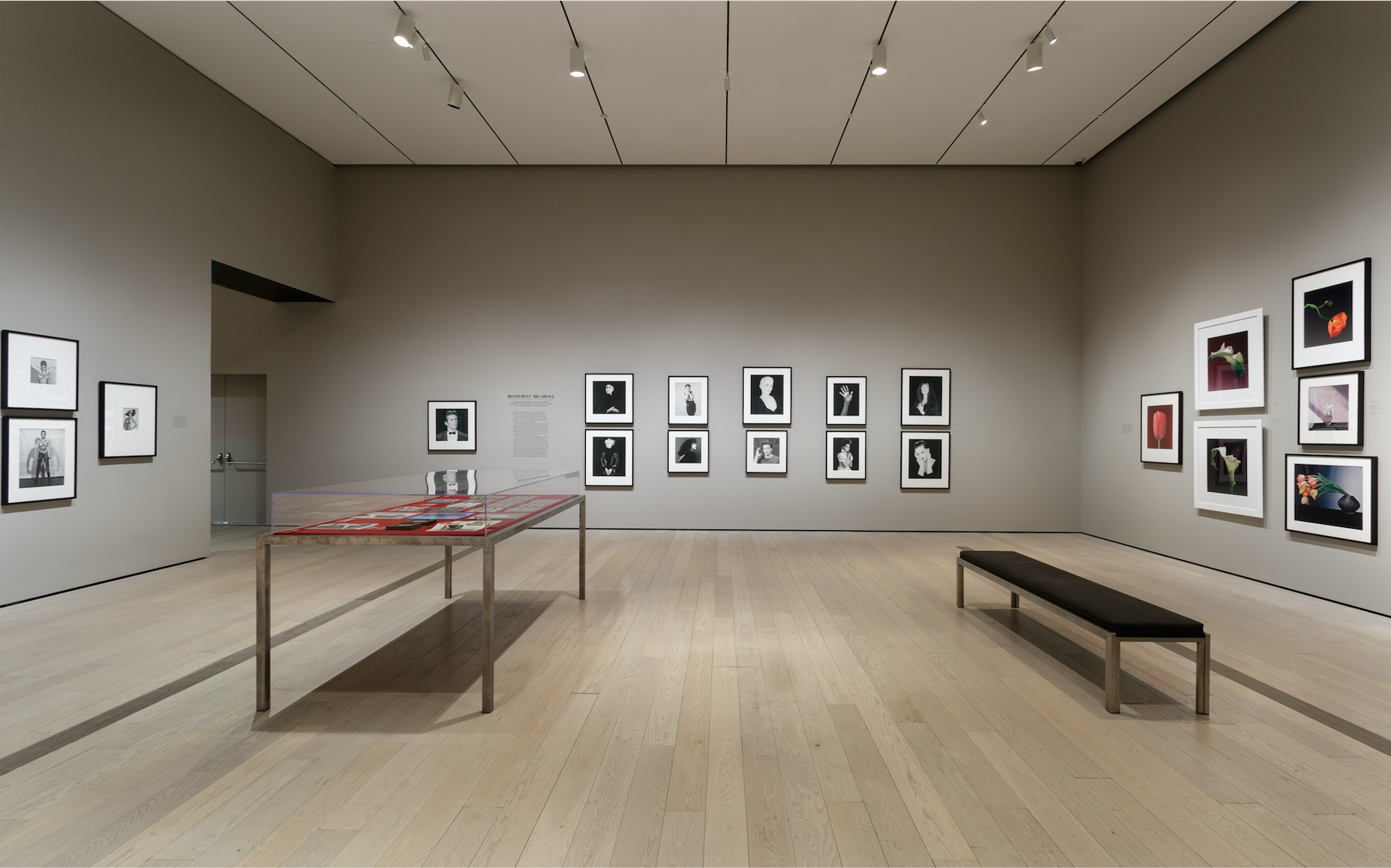


5,930 exhibits were prepared for 77 museum exhibitions (preparation of preservation reports, preventive conservation and restoration, packing and unpacking of exhibits). In 2014, the Department of Restoration of Museum Properties restored 4,511 exhibits, of which 280 were restored with special complexity. The department includes a sector of chemical and biological research and a sector of the history and theory of museum restoration. The department is staffed by artists with the highest and the highest restoration category. The department includes the following restoration workshops: easel painting, Old Russian paintings, mixed media painting, graphics, ceramics and glassware, textiles, metalwork, veneered furniture, polychrome and gilded carving, carved icons and wooden sculpture, picture frames, plaster and stone sculpture, contemporary art objects (established in 2010). In 1953, a workshop for graphic arts restoration, in 1954 for Old Russian painting, in 1961 for wooden sculpture, decorative carving and furniture and a workshop for textile restoration, in 1969 for plaster and stone sculpture and 1970 for applied art.Īt present, the restoration department is made up of 16 workshops (sectors) for all types of materials, employing, its figures, 95 people. ĭuring the 1950s and 1960s, new workshops were set up. In 1935, the Conservation and Restoration Department was divided into laboratories and sections: painting, new painting, sculpture, applied art and folk art. The restoration workshop consisted of two sections: the main one, which worked for the Museum, and the regional one, which was engaged in saving cultural monuments in Petrograd and other cities of Russia. Its first director was the painter-restorer N.A. It was in 1922 that the restoration workshop of the Russian Museum was established. However, owing to a lack of funds, he was not destined to succeed. Boravskiy drew up his famous project to set up a restoration workshop at the Russian Museum. The need to set up a special restoration workshop at the Russian Museum was first raised in 1906. Restoration of the museum property Īll process on the restoration of works of art in the Russian Museum is carried out at the Museum Valuables Restoration Service. Today the collection shows Russian art from the 10th century up to the 21st century, covering all genres from the old Russian icon painting to contemporary art. In 1930s it was assigned to the Russian museum. After Russian revolution, in 1919 the Benois Building was completed.

The construction started in 1914, but was interrupted by the First World War. The project of Benois Building (or 'Corpus Benua') was developed in 1910-1912 by the famous Russian architect Leon Benois. Other buildings and locations, assigned to the Russian museum, include the Summer Palace of Peter I (1710–14) with the Summer Garden, the Marble Palace of Count Orlov (1768–85), St Michael's Castle of Emperor Paul (1797–1801), the cabin of Peter the Great, and the Rastrelliesque Stroganov Palace on the Nevsky Prospekt (1752–54). Some of the halls of the palace retain the Italianate opulent interiors of the former imperial residence. Upon the death of the Grand Duke the residence was named after his wife as the Palace of the Grand Duchess Elena Pavlovna, and became famous for its many theatrical presentations and balls. The main building of the museum is the Mikhailovsky Palace, the Neoclassical former residence of Grand Duke Michael Pavlovich, erected in 1819–25 to a design by Carlo Rossi on Square of Arts in St Petersburg.


 0 kommentar(er)
0 kommentar(er)
